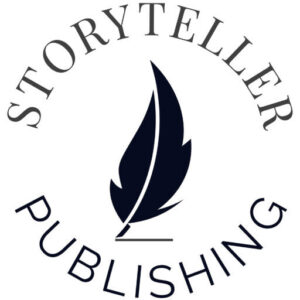Layout & Design
Book layout and design are crucial elements that significantly impact the reading experience and the overall appeal of a book. They involve a wide range of decisions, from the formatting of the text on the page to the design of the cover. Here’s a breakdown of the key aspects:
Interior Layout and Design:
- Typography: This is the art and technique of arranging type to make written language legible, readable, and appealing when displayed. Key considerations include:
- Font Choice: Selecting appropriate fonts for the body text and headings. Body text fonts should be easy on the eyes for extended reading (often serif fonts like Times New Roman or Garamond for print, and sometimes sans-serif fonts like Arial or Calibri for e-Books). Heading fonts can be more decorative but should still be clear.
- Font Size: Choosing a comfortable and legible font size (typically around 10-12 points for body text in print).
- Line Spacing (Leading): The vertical space between lines of text. Adequate leading improves readability.
- Margins: The white space around the text on the page. Margins affect readability and the overall look and feel of the book.
- Justification: How the text lines up horizontally (left-justified is most common for readability in print, but other options like justified, right-justified, and centered are used for specific purposes).
- Indentation: How paragraphs are indented (usually the first line is indented).
- Running Heads and Feet: Information that appears at the top (heads) or bottom (feet) of the pages, such as the book title, chapter title, or page numbers (folios).
- Page Numbers (Folios): Essential for navigation. They can be positioned at the top or bottom of the page.
- Headers and Footers: Used for chapter titles, section headings, or other recurring information.
- White Space: The empty areas on the page. Effective use of white space improves readability and creates a visually appealing layout.
- Breaks and Dividers: Using visual cues like asterisks, rules (horizontal lines), or extra spacing to indicate scene breaks or divisions within the text.
- Chapter Openings: Designing the first page of a chapter to be visually distinct, often with a larger font size for the chapter number or title, or a decorative element.
- Illustrations and Images: Integrating images effectively within the text, with appropriate captions and placement.
- Special Elements: Layout considerations for elements like block quotes, lists, poems, or tables.
- Table of Contents: A crucial element for non-fiction and some fiction, allowing readers to navigate the book.
Exterior (Cover) Design:
The cover is the first impression of a book and plays a vital role in attracting readers. Key elements include:
- Front Cover:
- Title: Clearly and prominently displayed.
- Author Name: Also prominently featured.
- Subtitle (if any): Provides additional information about the book.
- Imagery/Artwork: A visually compelling image or design that reflects the genre and tone of the book. This could be photography, illustration, or abstract design.
- Blurbs or Quotes (sometimes): Short endorsements from well-known authors or publications.
- Spine:
- Title: Shortened version if necessary.
- Author Name:
- Publisher Logo:
- Sometimes an element from the front cover design.
- Back Cover:
- Synopsis/Blurb: A compelling summary of the book’s content to entice readers.
- Author Biography: A brief bio to establish credibility and connect with readers.
- Quotes/Endorsements: More extensive quotes from reviews or authors.
- ISBN: International Standard Book Number, essential for identification and sales.
- Barcode: For retail sales.
- Publisher Logo:
- Color Palette: Choosing colors that are appropriate for the genre and mood of the book and that attract the target audience.
- Typography (Cover): Selecting fonts for the title, author name, and other cover text that are visually appealing and convey the book’s tone and genre.
E-Book Layout and Design:
While many principles are the same, E-Book design has its own considerations:
- Reflowable Text: Text needs to adapt to different screen sizes and user preferences for font size.
- Limited Font Choices (Usually): E-Book readers typically offer a limited selection of fonts.
- Navigation: E-Books rely heavily on electronic navigation like clickable tables of contents and links.
- Image Optimization: Images need to be optimized for digital display and file size.
- Cover Design (Digital): The cover needs to look appealing as a small thumbnail image in online stores.
Are you an aspiring author?
Regardless of your genre or fiction/non-fiction affiliation we are here to make your words be heard!
